Tag Archives for " Mixing Engineer’s Handbook "

These days a typical session has plenty of tracks that won’t be used in the final mix. Deleting or hiding these tracks and then putting the rest in a logical order can be the single most useful thing you can do while prepping your mix. In this excerpt from the 4th edition of my Mixing […]
Continue reading
Legendary producer Ken Scott began his career at the Abbey Road Studios working with The Beatles on The White Album and Magical Mystery Tour; on six David Bowie albums, including the seminal Ziggy Stardust album; and with Pink Floyd, Elton John, Duran Duran, Jeff Beck, Supertramp, Procol Harum, Devo, Kansas, Mahavishnu Orchestra, and many more. […]
Continue reading
Andrew Scheps has worked on mega-hit albums for a who’s-who of superstar artists such as Red Hot Chili Peppers, Metallica, U2, Justin Timberlake, Jay-Z, the Rolling Stones, Linkin Park, Jewel, Neil Diamond, and Adele. We had an excellent chat that was included in the latest edition of my Mixing Engineer’s Handbook, and here’s part of […]
Continue reading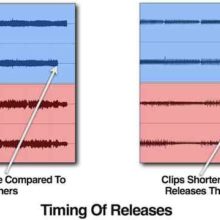
Mix engineers are called on to do so much more than ever before. Tweaking the track timing used to be done way before the mixing stage, but mixers now find it’s part of the job they’re expected to do. Here are some tips for tweaking track timing in you DAW from the Advanced chapter in […]
Continue reading
If you’ve enjoyed the big hits from Lady Gaga’s The Fame and The Fame Monster albums, such as “Poker Face,” “Paparazzi,” and “Just Dance,” then Robert Orton is your man. After spending eight years at the side of producer extraordinaire Trevor Horn, Robert has gone on to craft hits for Robbie Williams, Enrique Iglesias, Ellie […]
Continue reading
Although you may be great at recording drums and have a great sounding studio with an excellent signal chain, the two chief variables in the recording are the drummer and his drums. No amount of technique or gear can overcome a bad sounding kit or a drummer that hits inconsistently, hence the importance of sound […]
Continue reading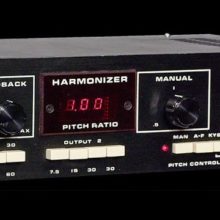
Depending upon how much of a purist you are, pitch correction is either the worst thing to ever happen or a godsend. Regardless of how you come down on the issue, it’s at the very least a necessary evil in today’s music. Here are 5 tips from the 4th edition of my Mixing Engineer’s Handbook that […]
Continue reading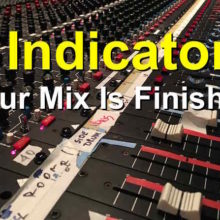
One of the hardest things for many mixers to determine is when a mix is finished. In fact, engineers new to mixing may think a mix is ready in an hour, but a pro will usually take considerably longer. How much longer? Well, some big hit maker mixers that I know may spend up to 16 hours […]
Continue reading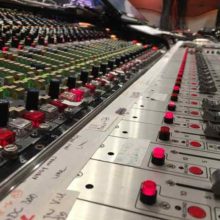
When it comes to EQing, there are certain frequencies that seem predominant for every instrument. Many call them the magic frequencies, because they do tend to work most of the time. Here’s a chart of those frequencies from the latest edition of my Mixing Engineer’s Handbook. Remember that using the magic frequencies might make an […]
Continue reading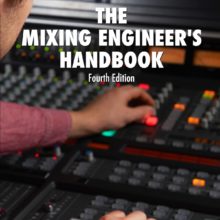
I’m very happy to announce that the 4th edition of The Mixing Engineer’s Handbook is now available on Amazon. So what’s different? This updated version is self-published for one thing, but it also contains new sections on Immersive Audio and online mastering, as well as new and updated hit-mixer interviews. If you haven’t seen the […]
Continue reading
Although there’s a lot of pretty good engineers around these days, not many have the ability to record a 45 to 100 piece orchestra with the ease of someone who’s done it a thousand times. Don Hahn can and that’s because he actually has done it a thousand times. With an unbelievable list of credits […]
Continue reading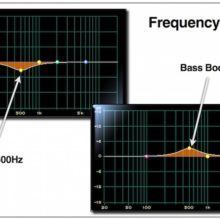
One of the best ways to make all the elements fit in a mix is by frequency juggling. That’s where you make sure that no two instruments are boosted at the same frequency so they never fight for attention in the mix. Here are 3 steps from the 3rd edition of my Mixing Engineer’s Handbook […]
Continue reading
Whenever an engineer has trouble dialing in the EQ on a track, chances are its because of one or more of the 6 often-overlooked trouble frequencies. These are areas where too much or too little can cause your track to either stick out like a sore thumb, or disappear into the mix completely. Let’s take […]
Continue reading